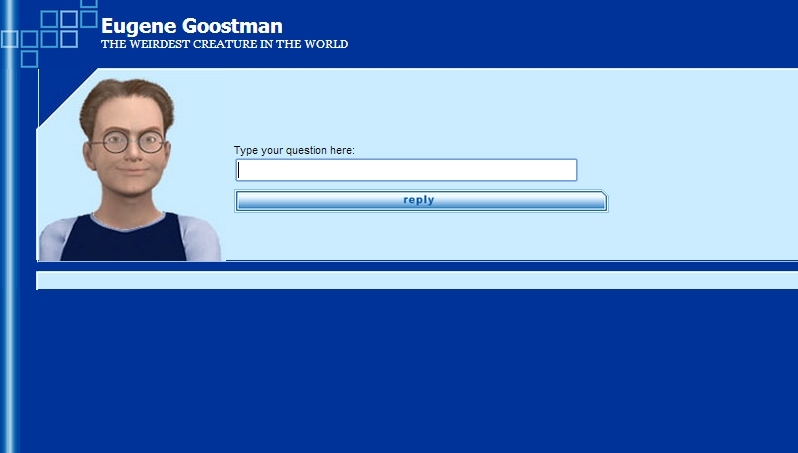The field of artificial intelligence reached an important landmark over the weekend as the Turing Test was passed for the first time ever.
The test, created in 1950 by renowned computer science pioneer and World War II code cracker Alan Turing, gauges a machine's ability to mimic the conversational ability of a human. Specifically, an interrogator (judge) holds a text-based conversation with a machine and a human. It's the job of the interrogator to determine which is which.
Testing over the weekend was conducted at the Royal Society in London and involved 150 conversations between 30 judges, five chat bots and 25 humans. It was the biggest Turing Test ever conducted.
To be successful, the machine must convince at least 30 percent of the judges that it is a human. There is not a specific set of questions that must be asked or topics that must be adhered to - it's pretty much wide open to whatever the interrogator wants to ask.
The winner was a program designed to simulate a 13-year-old boy from the Ukraine named Eugene Goostman. It managed to convince 33 percent of the judges it was real.
The test doesn't measure the ability to give the correct answers to questions but rather how they resemble typical human answers. The winning program's creators chose the personality of a 13-year-old because they are not too old to know everything and not too young to know nothing. Or in other words, it's perfectly suited for the Turing Test.
